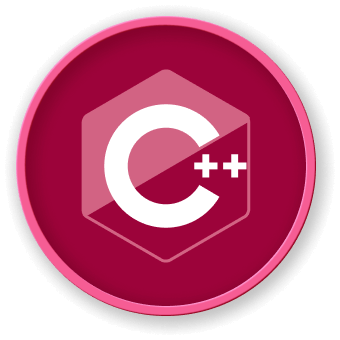Symbol Basics
What are Symbols?
In C++ programming, symbols are identifiers used to represent various program entities such as variables, functions, classes, and methods during compilation and linking processes. They serve as crucial markers that help the compiler and linker understand and connect different parts of a program.
Symbol Types
Symbols can be categorized into different types:
| Symbol Type |
Description |
Example |
| Global Symbols |
Visible across multiple translation units |
extern int globalVar; |
| Local Symbols |
Confined within a specific scope |
int localVar; |
| Weak Symbols |
Can be overridden by other definitions |
__attribute__((weak)) void function(); |
| Strong Symbols |
Unique and cannot be redefined |
void function() { ... } |
Symbol Resolution Workflow
graph LR
A[Source Code] --> B[Compilation]
B --> C[Object Files]
C --> D[Linking]
D --> E[Executable]
Code Example: Symbol Declaration and Definition
// header.h
extern int globalCounter; // Symbol declaration
void incrementCounter(); // Function symbol declaration
// implementation.cpp
int globalCounter = 0; // Symbol definition
void incrementCounter() {
globalCounter++; // Using symbol
}
// main.cpp
#include "header.h"
int main() {
incrementCounter(); // Symbol resolution occurs here
return 0;
}
Compilation and Symbol Resolution
When compiling C++ programs, the compiler and linker work together to resolve symbols:
- Compiler generates object files with symbol information
- Linker matches symbol declarations with their definitions
- Unresolved symbols result in linking errors
Common Symbol Resolution Challenges
- Multiple symbol definitions
- Missing symbol declarations
- Circular dependencies
- Namespace conflicts
Best Practices
- Use header guards
- Declare external symbols with
extern
- Minimize global symbol usage
- Leverage namespaces for symbol organization
By understanding symbol basics, developers can effectively manage code complexity and prevent linking issues in their C++ projects. LabEx recommends practicing symbol management techniques to improve code modularity and maintainability.




